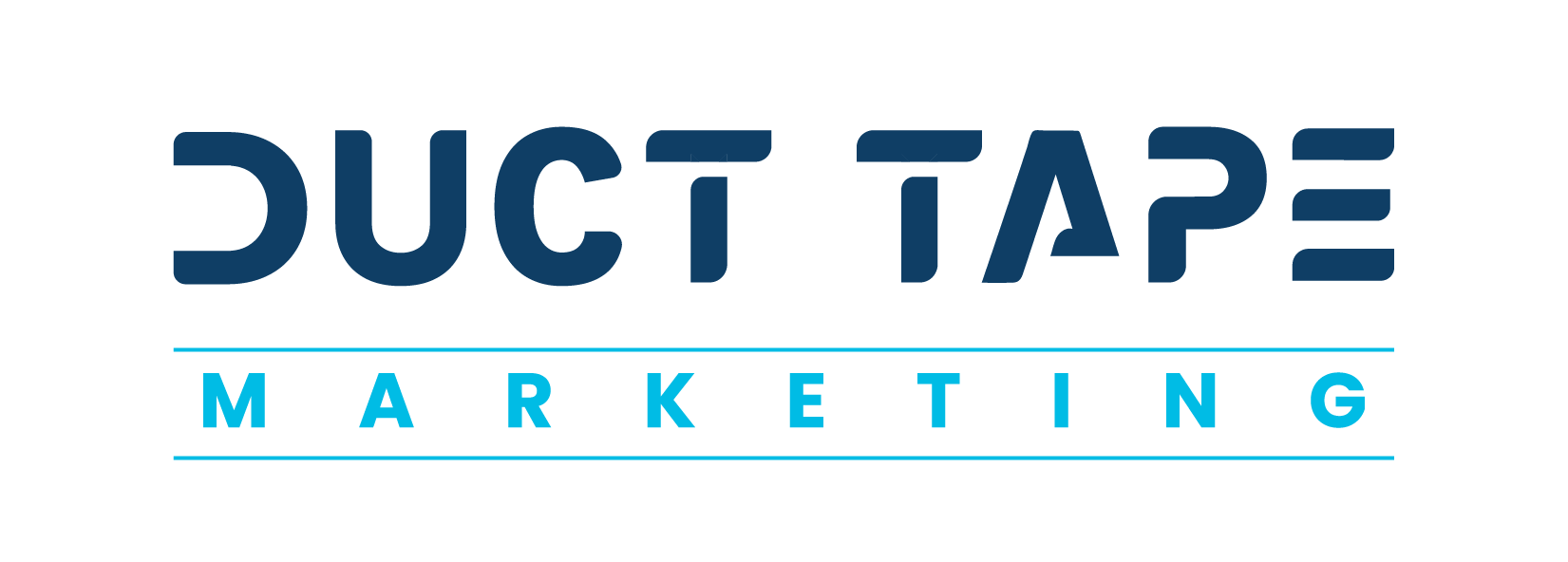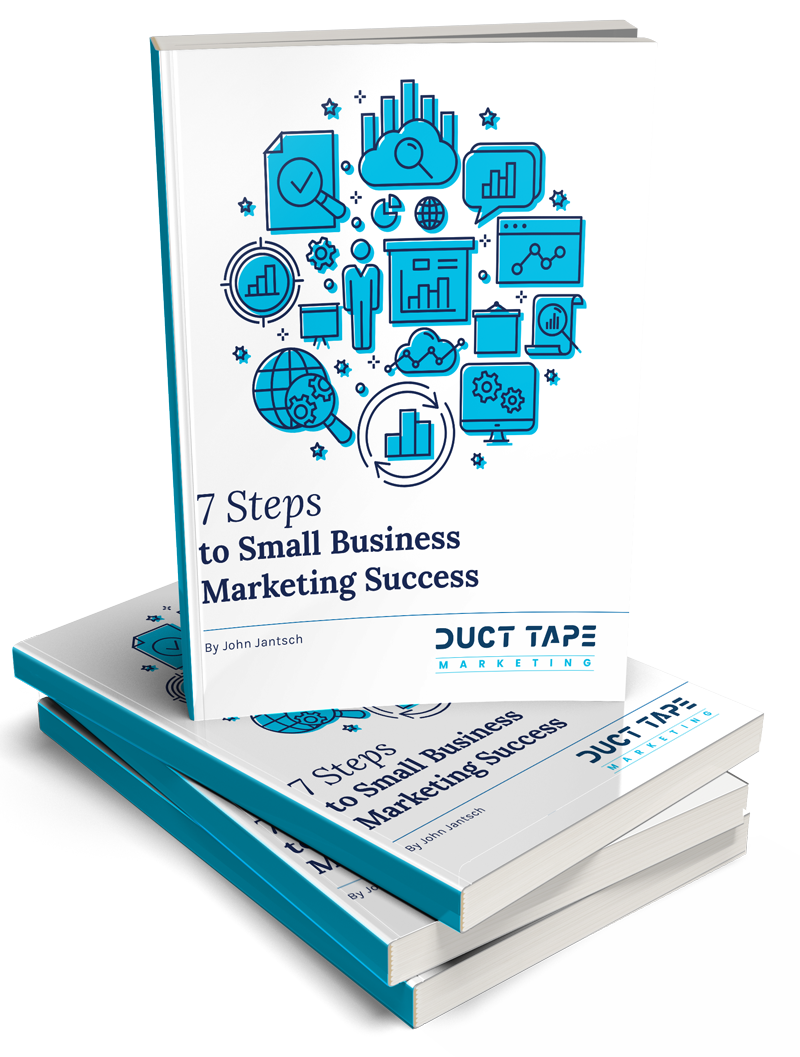When you’re driving to an unfamiliar location, you pull up directions on Google Maps. When you’re hiking a new path in your favorite state park, you stop at the trailhead to check the posted map. You never go into a physical journey without taking stock of where you’re headed. So why wouldn’t you do the same for the customer journey?
Understanding where your customers go when they’re interacting with your business can help transform your marketing efforts. Here, I’ll walk you through the steps of customer journey mapping—everything from what it is to why it matters so much.
What is Mapping the Customer Journey?
Let’s start with the basics. Mapping the customer journey requires you to create a visual representation of every interaction a customer has with your business that leads them to a certain conversion. This might be the path they carve from discovery of your brand, at the very top of the marketing hourglass, to signing up for your email newsletter. Or perhaps it’s a look at the steps they take between clicking on your social ad for a given product and purchasing the item.
In order to create a map, you should conduct interviews with real customers. Ask them how they discovered your brand. Find out about their experience interacting with your website. Take stock of where else they found you on the web (social media or local listings sites, perhaps?). And collect feedback on their ease of making a purchase and getting support from your team, if they needed it.
You should also take the time to do your own research. Pretend you’re a customer searching for a solution that you offer, and go onto the web. Google yourself or a related search term, and walk through the process of navigating your website. Check out your social profiles, and see where they lead you. Sometimes you’ll discover something new and interesting about your own online presence when you experience it through the lens of a customer’s journey.
By creating customer journey maps for the steps that lead to those important conversion moments along the broader journey, you can gain a deeper understanding of the people who love your brand. When you can wrap your head around how your customers behave and why they do it, you can refine your marketing tactics and messaging to best complement those behaviors.
Understand the Complexities of the Journey
Today’s customer journeys are incredibly complex. In the olden days, someone would read a print ad, catch your commercial on the television or radio, or maybe simply see the sign out in front of your store and stop on by. Now, with dozens of digital channels to consider, it’s hard to know exactly when and where someone encountered your brand.
And even if you’re aware of some of their interactions with your business—because they happened online and you’re able to track them—it’s hard to know which point of contact is the one that ultimately pushed them towards the conversion.
Mapping the customer journey helps you to understand all that. Perhaps in customer interviews, you keep hearing about a blog post from a local influencer that mentions your business and drives a lot of traffic your way. That’s valuable information! Consider reaching out to that blogger to see if they’d like to become a part of your strategic partner network.
Or maybe you take your own website out for a spin. You have an online booking portal for folks who want to make appointments, but you discover that for first-time users, there’s a lengthy registration process. It requires lots of clicks and form-filling, and can be a source of frustration. Now that you’ve experienced that hurdle first-hand, you understand your booking system could be driving customers away, and you can take steps to change it!
Learn What Matters to Your Customers
What you think matters to your customers and what actually matters to your customers are sometimes two different things. Sure, there’s something to be said for generic best practices; they can be a great starting-point for any brand looking to establish a solid web presence.
But what’s right for a competitor or someone in another industry isn’t always right for you. Perhaps you’ve heard that Yelp is the best local listings site for your industry. So you spent countless hours building out your Yelp profile and driving all of your customers to review you there. But then, you discover that most of your customers are searching for solutions on Google Maps. That means they’re coming across your much sparser Google My Business profile.
As you discover more about the customer journey from your conversations with actual customers and your own experience navigating test journeys, you’ll want to make tweaks to your approach. Maybe that’s changing wording on your social media’s homepage that makes it easier for customers to understand what you do. Maybe it’s rearranging your website’s navigation bar to remove some of the steps it currently takes for prospects to request a demo.
Whatever modification to the journey you want to try, it’s a good idea to implement A/B testing in your process. Display the new element to half of your audience, and keep things the same for the other half. Then measure conversions for each group. If things improve with your adjustment, you know you’re on the right track. If things remain the same (or conversions decrease), it’s best to test another new approach.
Find New Customer Segments (or Redefine Existing Ones)
The way in which you market your business and the shape of the customer journey are inextricably linked. By that I mean, you need to market your business in a way that suits the typical trajectory for the customer journey. But the way that you market your business can also have an influence on the shape of the journey.
Sometimes, your marketing efforts might have you missing out on specific segments of the population who could be interested in your product. Or, there might be a way for you to optimize your current marketing to get your existing customers to return or make larger purchases.
Let’s say you run a yoga studio. You already have some clearly defined personas for your business: young professionals focused on wellness, people looking to reduce stress and anxiety, and pregnant women and new moms.
Perhaps in speaking with those moms in your postpartum segment, you realize that what they appreciate about your studio isn’t the ability to move a little. And it’s not about getting out of the house and away from the newborn for an hour or two on Wednesday mornings. What they love is the community of other new moms, with whom they can share their struggles and successes.
Once you understand that the problem you’re solving for these moms is really about community, not fitness, you can refine your marketing approach. Create a Facebook group that’s a place for yoga moms to come together. They can share tips, commiserate about the horrors of sleep-regression, and even organize playdates for their little ones! Suddenly, you’ve become the architect of this impactful community. New moms who otherwise might not have tried yoga—but who love your Facebook group—might feel compelled to stop in for a class.
By better understanding your existing customers, you can create additional stops along the customer journey to address their needs and attract similar prospects.
Meet Customers Where They Are
Rather than directing your outbound marketing efforts to anyone under the sun, when you understand the customer journey you can develop stronger inbound tactics in the places where your fans are already congregating.
Let’s say you run a catering company. You’ve been advertising heavily on Instagram. Because it’s a visually-based social network, it’s a great place for you to show off your beautifully-plated food.
However, your typical client is more established—it’s not cheap to throw a lavish, catered soiree, after all! For the most part, they’re in their 40s, 50s, and 60s. Statistically, Instagram is not the place to go to interact with people above the age of 30. Less than 40 precent of those in their 30s are on the platform; only 16 percent of the 50-and-over set are on Instagram.
So stop wasting money on Instagram ads. Instead, invest in inbound tactics elsewhere where you’re more likely to bump into your actual customers. Get on Facebook, the social network of choice for most people 40 and older. Work on building out your referral network and case studies, since word-of-mouth matters a lot in the local catering business.
When you’re able to find your prospects and greet them on their turf, you build trust and reduce ad spend. You can certainly still advertise! In fact, when it’s focused on those spaces where your clientele actually gather online, you get a much greater ROI.
The customer journey is only going to get more complex. Digital marketing continues to grow, and new channels for reaching customers develop. When you understand where your customers are and where they want to go, you can create a smoother customer journey—one that guides them right to your desired conversion.
If you liked this post, check out our Small Business Guide to Shaping the Customer Journey.



